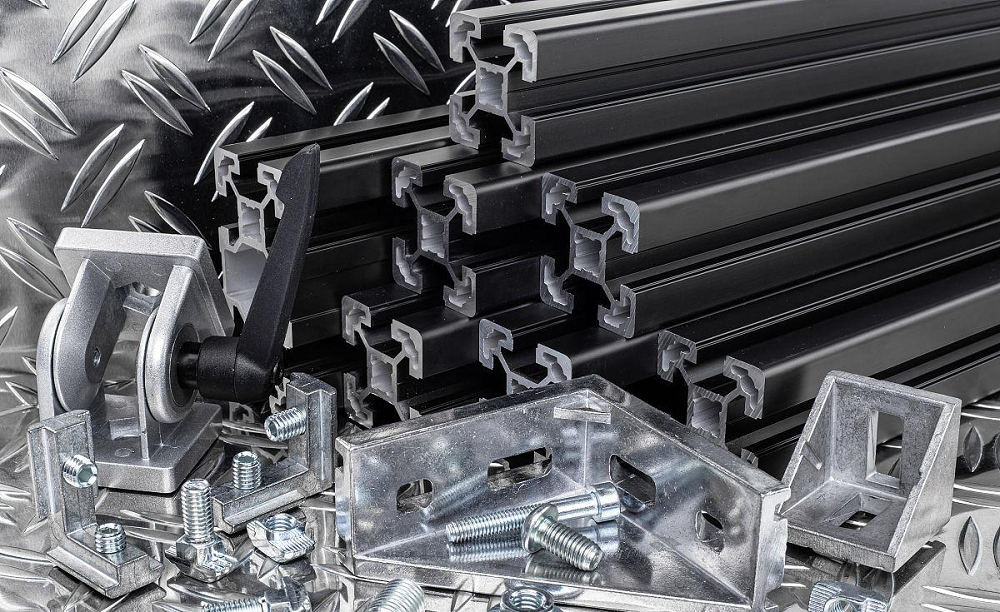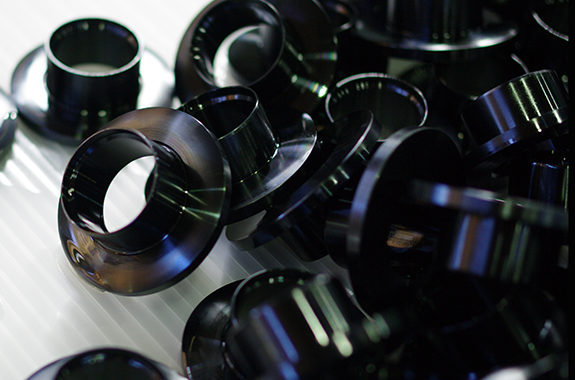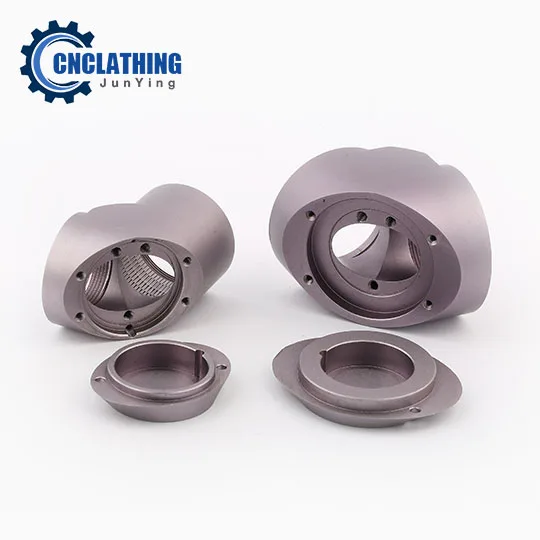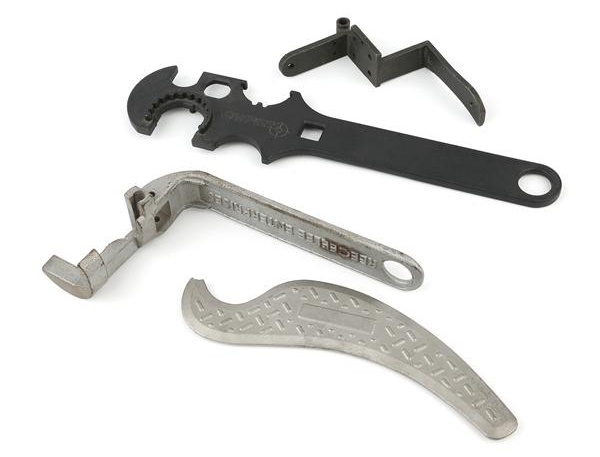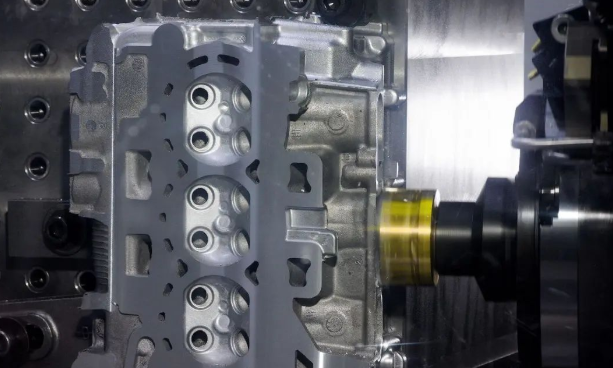Black anodizing, black electroplating, and blackening treatment are three common methods for surface treatment of metals, each with its unique principles, characteristics, and applications. This post will provide a detailed overview of the distinctions and characteristics among these three methods.
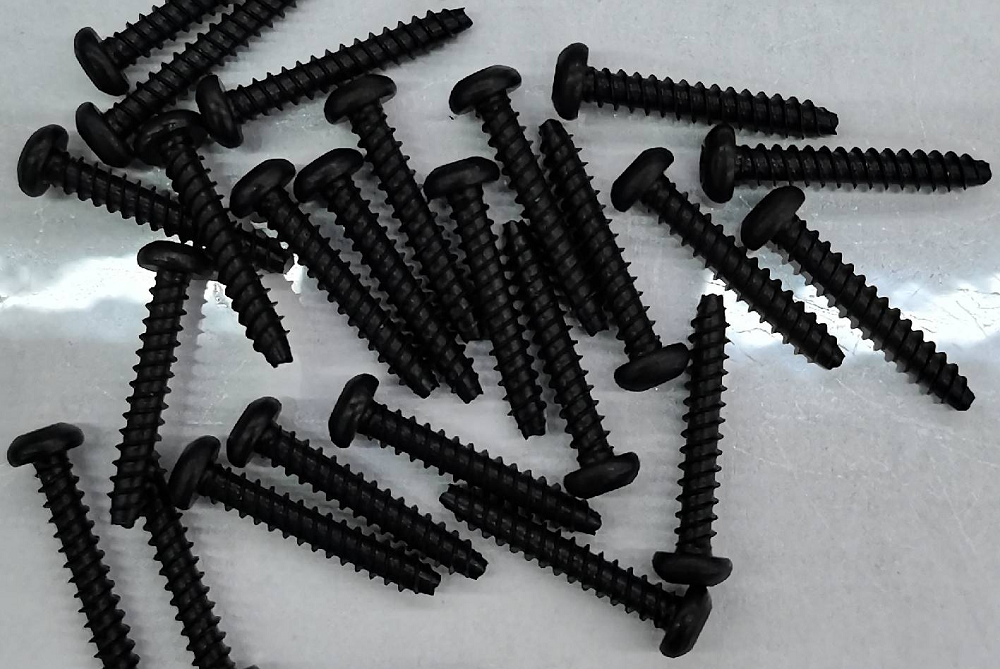
Black Anodizing vs. Black Electroplating vs. Blackening Treatment
When it comes to enhancing the performance, extending the lifespan, or giving a specific appearance to metal surfaces, there are various methods to choose from. Among these methods, black anodizing, black electroplating, and blackening treatment are commonly used in the field of metal processing. While they all aim to alter the properties of metal surfaces, there are crucial differences and points of contention between them, making each method suitable for different applications.
Now follow us to check out the principles, characteristics, and applications of these three metal surface treatment methods to help readers better understand their similarities and differences. Whether you are an engineer, designer, or professional in the field of metal processing, understanding the distinctions between these methods will assist you in making informed choices for specific projects. Now, let’s explore the differences and advantages between black anodizing, black electroplating, and blackening treatment.
Black Anodizing:
– Principle: Black anodizing is a surface treatment method based on electrochemical principles, primarily applied to aluminum and aluminum alloys. It involves generating a transparent layer of aluminum oxide on the metal surface and achieving the black color effect through dyeing and sealing processes.
– Characteristics: The most notable characteristic of this method is that the produced anodized film exhibits excellent wear resistance and corrosion resistance. Additionally, the process is relatively mature and can provide a consistent black appearance.
– Applications: Black anodizing is mainly used to enhance the corrosion resistance and hardness of aluminum alloy parts, making it widely applied in industries such as aerospace and automotive.
Black Electroplating:
– Principle: Electroplating is a method that deposits metal ions onto a surface through electrolysis to form a coating. Black electroplating typically employs special plating solutions, but this treatment method is relatively less common.
– Characteristics: The appearance resulting from black electroplating often tends to be yellowish-brown, similar to khaki. Its appearance treatment effect is limited compared to other methods, primarily used for decoration, rust prevention, and wear resistance.
– Applications: Black electroplating can be used for specific metal parts with special requirements, but its application is narrower compared to black anodizing.
Blackening Treatment:
– Principle: Blackening treatment involves immersing metal parts in a concentrated alkaline and oxidizing agent solution and heating them to oxidize the surface. This process creates a thin film of iron(III) oxide on the metal surface, which typically exhibits various colors such as blue-black, black, reddish-brown, or brownish-brown.
– Characteristics: The film produced by blackening treatment is usually very thin and has almost no corrosion resistance, often requiring additional oil coatings to enhance corrosion resistance. Its primary purpose is stress relief and material property improvement rather than appearance treatment.
– Applications: Blackening treatment is primarily used for materials like low-carbon steel and low-alloy tool steel to remove stress and improve material properties. Its application is mainly concentrated in the engineering field rather than aesthetic surface treatment.
While black anodizing, black electroplating, and blackening treatment are all methods for metal surface treatment, they have distinct differences. Black anodizing is primarily used to enhance the performance and appearance of aluminum alloy parts, black electroplating is relatively less common and mainly used for special cases, and blackening treatment’s main purpose is stress relief and material property improvement, with appearance treatment not being its primary focus. Therefore, blackening treatment sometimes aligns more closely with heat treatment than traditional surface treatment methods. Selecting the appropriate surface treatment method is crucial for ensuring the performance and appearance of metal parts based on specific requirements.


